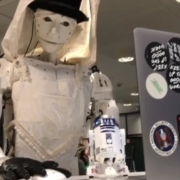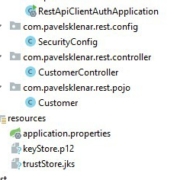One of the nice things about Swift 5 is the final stabilization of the ABI. This is actually a big deal. The application binary interface defines exactly how data is stored in programs, shared from libraries, things like that. It includes name decoration, class and object definitions, and so on. Now that we have a stable ABI, building tools that analyzed and manipulate these binary representations will become much, well, not easier, but not as much a waste of time. Until now, you were just about guaranteed to have any tools you created broken by new Swift versions. With a stable ABI? This shouldn’t happen.
We just covered how classes are defined in Swift 5, and we discovered that they reflect the basic design in Objective-C. There are some key differences though, and one of those is member method definitions.










